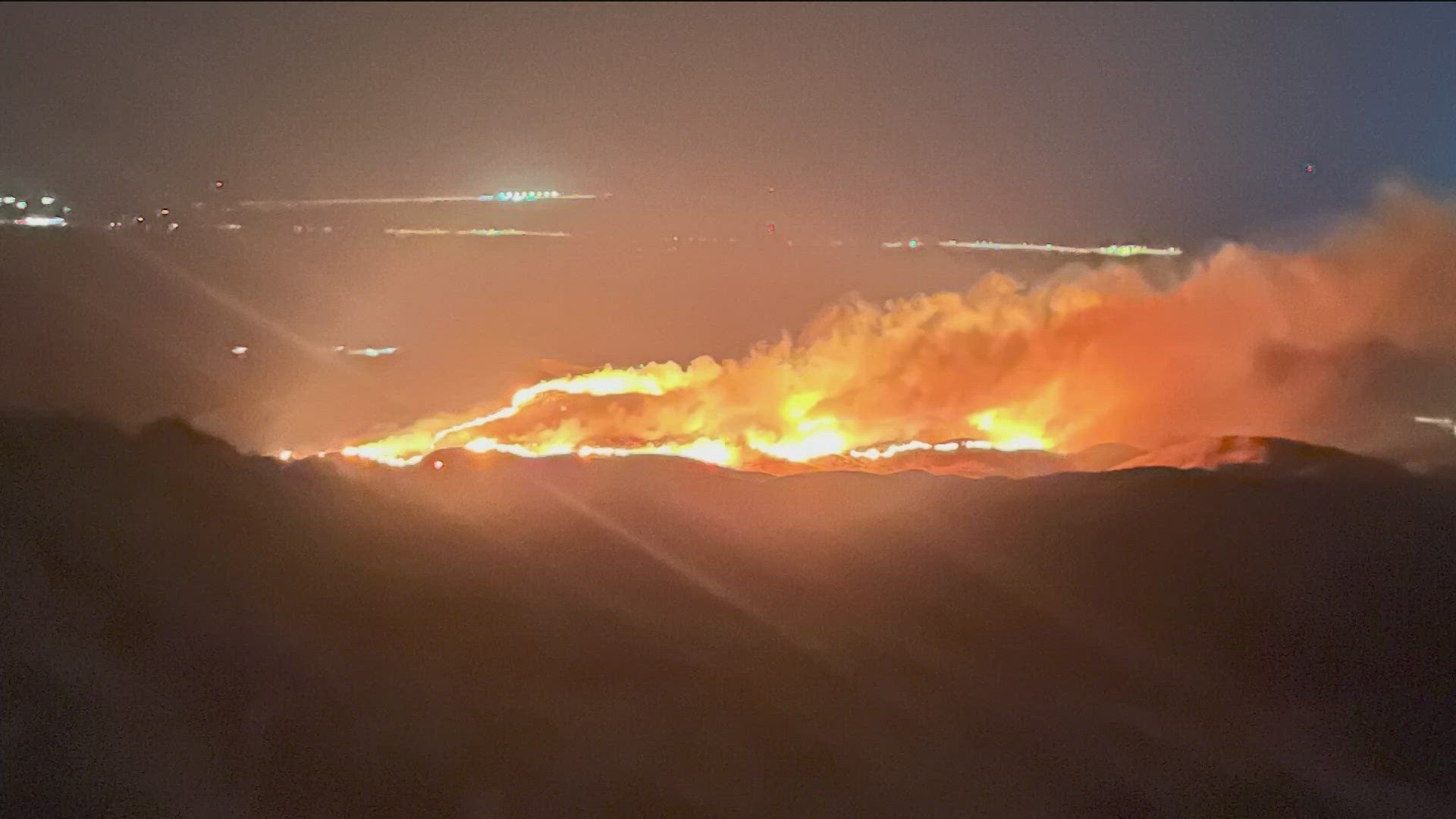BOISE, Idaho — This story was originally printed in the Idaho Press.
Investigators have determined that Idaho Power equipment likely ignited the Valley Fire in East Boise earlier this month.
The Idaho Department of Lands concluded in a report that the Oct. 4 blaze, which started about a mile from Boise and burned nearly 10,000 acres, started because a cross arm on an Idaho Power pole broke, causing an energized wire to touch the ground.
“Idaho Power acknowledges the conclusions of the Idaho Department of Lands report and remains committed to safely providing reliable, affordable energy to its customers,” Idaho Power spokesman Sven Berg said in an emailed statement. “The company is grateful for the first responders who worked to quickly contain the Valley Fire and the patience of the customers who were impacted by the fire.”
There was no evidence of rot or a bug infestation, the statement said. The company had inspected the line three times this year, and no issues were noted.
As of Monday, the Valley Fire was 79% contained, and there are no reported structures lost or injuries. The fire has burned in the Boise Foothills north of Highway 21, near Warm Springs Avenue.
The Robie Creek area is in a “ready” Stage 1 evacuation status, and roads and trails on the Boise Front segment of the Boise River Wildlife Management Area west of Highway 21 and North of Warm Springs Avenue are closed, according to an update issued Monday morning.
Personnel from IDL, Boise Fire Department, and the federal Bureau of Land Management Boise District have responded to the fire.
The incident information on inciwb.wildfire.gov indicates that drone use in the area has disrupted firefighting operations.
“Drones, including those flown by the public for fun, are considered aircraft under federal law, and are therefore subject to all Temporary Fight Restrictions (TFRs),” the website said. “Members of the public should not fly drones over or near wildfires even if a TFR is not in place because of the potential for accidents and disruption of suppression operations.”
This story was originally printed in the Idaho Press.

